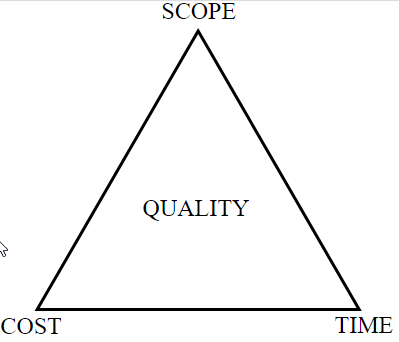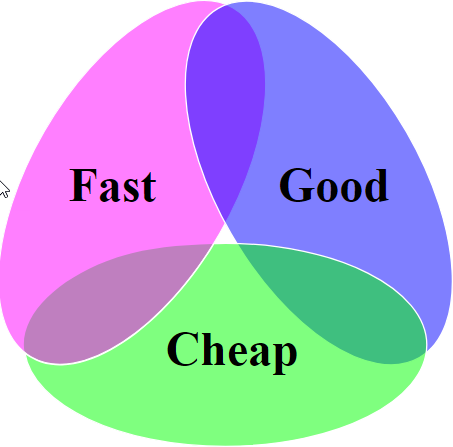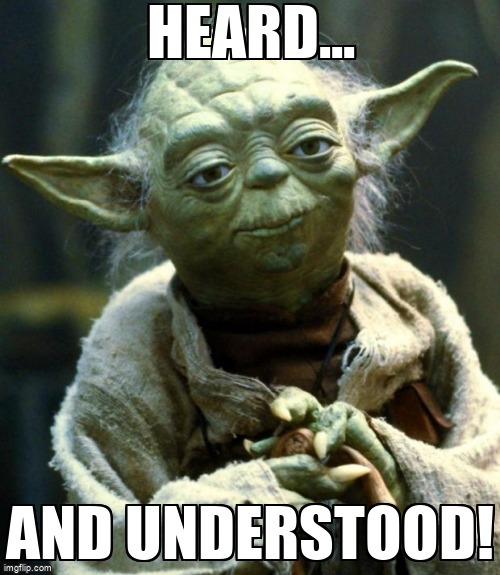
This logo isn't an ad or affiliate link. It's an organization that shares in our mission, and empowered the authors to share their insights in Byte form.
Rumie vets Bytes for compliance with our
Standards.
The organization is responsible for the completeness and reliability of the content.
Learn more
about how Rumie works with partners.
What is a project?
A project is temporary. It has a beginning and an end.
A project creates something new that has a unique result or outcome.
A project uses resources (people or time or money).
A project is a set of tasks that turn an idea into something. An example of a project is building a house. A builder may build many houses, but each building is unique based on location. budget, and features.
Operational activities that are routine, ongoing, or repetitive, are tasks but they are not projects. For example:
Purchasing supplies
Paying bills
Managing the order and progression of the work
These activities are usually part of projects.
Project Scope
Image by Gerd Altmann from Pixabay
The project scope defines the boundaries of the project. It identifies the:
requirements
outcomes
timeline
cost
people involved
The scope creates a shared understanding for everyone at the beginning of the project. The project scope also provides a roadmap for all project actions and decisions once the project is underway.
Quiz
Which activity would NOT be considered a project?
Cleaning your house is not considered a project because it is an ongoing, repetitive activity. Installing new software, planning a trip, or updating a manual are projects - they have a start and end, and create something unique.
Did you know?
Project Triangle
Think of a project as a triangle with the sides labeled scope, cost, and time. A change to any one side changes one or both of the others. Scope, cost, and time are known as the project triangle. A successful project meets all requirements (scope) and is completed on time and within budget (costs).

Increase or reduce scope = Change to time or cost
Increase or reduce time = Change to scope or cost
Increase or reduce cost = Change to scope or time
Do you want it Fast, Good, or Cheap?

You can have one or two, but you can't have all three!
Constraints help you prioritize what's most important to the project. Adding another room to your building increases the scope, but the project is also likely to take longer and cost more.
Quiz
The project team keeps missing their deadlines. If not corrected, what else might change?
If deadlines can't be met, it may may mean there is not enough time to achieve the project scope. Or you may need to pay for additional resources.
Did you know?
Project Stakeholders
Photo from nappy.co
A project includes Project stakeholders, each with their own interests. These may include:
The people with the idea and business case forthe project
The people who approve or pay for the project
The people who do the work to create the project
The people who use the outcome of the project
Each of these people may have a different opinion or point of view!
Quiz
The project owners wants to add a requirement, but the project workers say that they don't have enough time as is. Who is right?
Neither is "right." The project manager must negotiate a compromise to balance different stakeholder needs and the 'project triangle.'
Did you know?
Project Communication Plan
Did you know that poor communication is the primary contributor to project failure ?
 Does your stakeholder need:
Does your stakeholder need:
High-level or detailed information?
Project tasks or project progress?
What is the best communication method:
Meetings, reports, email, or phone?
When and how often?
Creating and using a Communication Plan helps you say the right thing to the right people in the right way.

Quiz
Which of the following are included in the Communication Plan?
The Communication Plan includes the project stakeholders along with the type of information and the method and frequency of communication. The project scope, project quality, and project triangle are also important but not related to the Communication Plan.
Take Action
 Image from Freepik www.freepik.com
Image from Freepik www.freepik.com
Ambiguity leads to project failure.
If you aren't clear on your route or destination how will you find your way?
Think of a project you're part of right now. Ask yourself if you have:
This Byte has been authored by
Janet Hoffman
Learner and Designer